Summary | Excerpt | Reading Guide | Reviews | Beyond the book | Read-Alikes | Genres & Themes | Author Bio

Moscow's Most Daring Wartime Spy
by Ben MacintyreThe "master storyteller" (San Francisco Chronicle) behind the New York Times bestseller The Spy and the Traitor uncovers the true story behind the Cold War's most intrepid female spy.
In 1942, in a quiet village in the leafy English Cotswolds, a thin, elegant woman lived in a small cottage with her three children and her husband, who worked as a machinist nearby. Ursula Burton was friendly but reserved, and spoke English with a slight foreign accent. By all accounts, she seemed to be living a simple, unassuming life. Her neighbors in the village knew little about her.
They didn't know that she was a high-ranking Soviet intelligence officer. They didn't know that her husband was also a spy, or that she was running powerful agents across Europe. Behind the facade of her picturesque life, Burton was a dedicated Communist, a Soviet colonel, and a veteran agent, gathering the scientific secrets that would enable the Soviet Union to build the bomb.
This true-life spy story is a masterpiece about the woman code-named "Sonya." Over the course of her career, she was hunted by the Chinese, the Japanese, the Nazis, MI5, MI6, and the FBI—and she evaded them all. Her story reflects the great ideological clash of the twentieth century—between Communism, Fascism, and Western democracy—and casts new light on the spy battles and shifting allegiances of our own times.
With unparalleled access to Sonya's diaries and correspondence and never-before-seen information on her clandestine activities, Ben Macintyre has conjured a page-turning history of a legendary secret agent, a woman who influenced the course of the Cold War and helped plunge the world into a decades-long standoff between nuclear superpowers.
Obscure aspects of WWII have always held a lot of appeal for me, and as a result I've long been a fan of Macintyre's books. They're invariably well-researched and entertaining, and Agent Sonya is no exception. The author's descriptions of Kuczynski's work and motivations are straightforward yet detailed, providing a vivid picture of this woman who played a pivotal role in world history. While this book is an excellent addition to Macintyre's catalog, at times I felt it wasn't quite up to the level of some of his other works. Most notably, the narrative pace seems uneven; there are large sections where it bogs down, especially when the author highlights Kuczynski's "co-workers," detailing each person's past and their own motives for pursuing spycraft. I still enjoyed the book, but the author has set a high bar for himself with his other work and it falls just a hair short of his best...continued
Full Review
(580 words)
This review is available to non-members for a limited time. For full access,
become a member today.
(Reviewed by Kim Kovacs).
 In Agent Sonya, Ben Macintyre's account of real-life spy Ursula Kuczynski, several operatives are said to have used microdots, or tiny pieces of film on which miniaturized text is recorded, to smuggle information to the Soviet Union. Still in use today, these diminutive data caches are produced through a specialized photography process and are so small — about the size of a period or a pinhead — they can be concealed just about anywhere.
In Agent Sonya, Ben Macintyre's account of real-life spy Ursula Kuczynski, several operatives are said to have used microdots, or tiny pieces of film on which miniaturized text is recorded, to smuggle information to the Soviet Union. Still in use today, these diminutive data caches are produced through a specialized photography process and are so small — about the size of a period or a pinhead — they can be concealed just about anywhere.
The process of shrinking photographs to the point where they can only be viewed via magnification is referred to as microphotography (not to be confused with photomicrography, a technique in which pictures are taken using a microscope). British scientific instrument manufacturer John ...
This "beyond the book" feature is available to non-members for a limited time. Join today for full access.

If you liked Agent Sonya, try these:
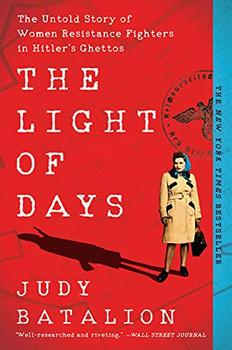
by Judy Batalion
Published 2022
One of the most important stories of World War II, already optioned by Steven Spielberg for a major motion picture: a spectacular, searing history that brings to light the extraordinary accomplishments of brave Jewish women who became resistance fighters - a group of unknown heroes whose exploits have never been chronicled in full, until now.
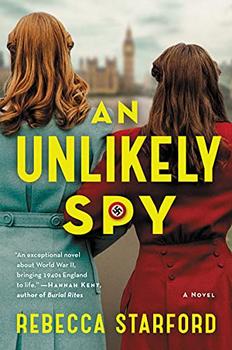
by Rebecca Starford
Published 2022
A twisting, sophisticated World War II novel following a spy who goes undercover as a part of MI5 - in chasing the secrets of others, how much will she lose of herself?
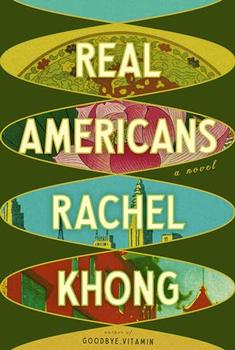
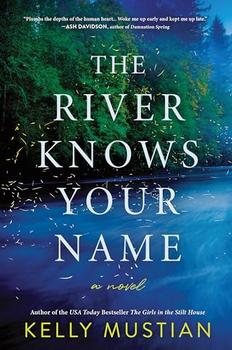
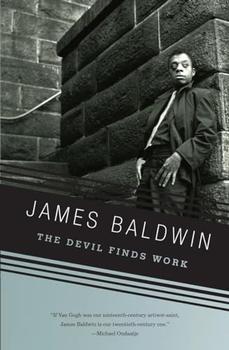
They say that in the end truth will triumph, but it's a lie.
Click Here to find out who said this, as well as discovering other famous literary quotes!